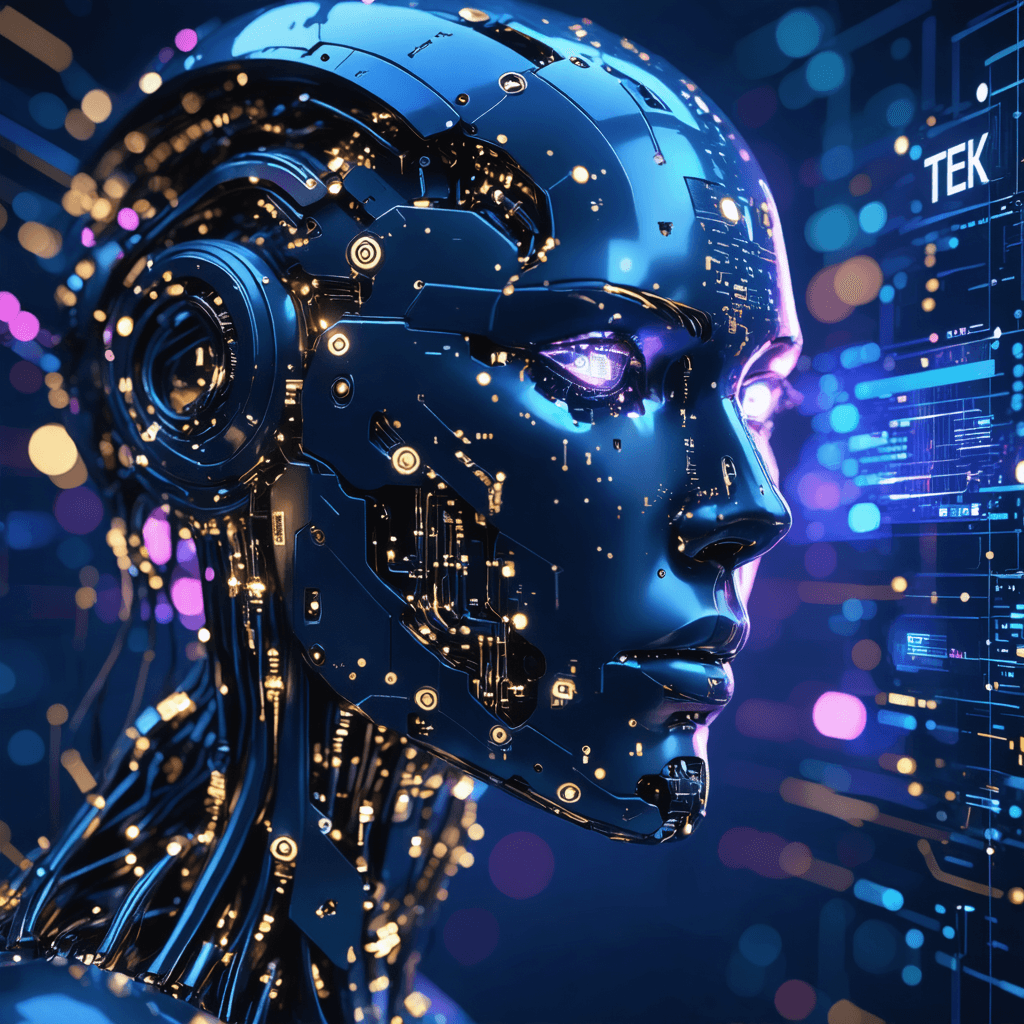Unlocking the Future: How Real-Time Analytics are Revolutionizing Robotic Intelligence in 2025
The integration of real-time analytics with robotic systems has ushered in a new era of intelligent automation that's reshaping industries across the globe. As we navigate through 2025, the convergence of advanced analytics and robotics is creating unprecedented opportunities for innovation and efficiency.
The Evolution of Real-Time Analytics in Robotics
Real-time analytics has become the backbone of modern robotic systems, enabling machines to process and react to data instantaneously. This revolutionary advancement has transformed robots from pre-programmed automatons into adaptive, intelligent entities capable of making split-second decisions based on their environment.

Key Innovations Driving the Revolution
1. Enhanced Decision-Making Capabilities
Modern robotic systems now leverage sophisticated AI algorithms that process vast amounts of sensor data in milliseconds. This capability enables robots to make complex decisions in dynamic environments, significantly improving their reliability and effectiveness.
2. Predictive Analytics Integration
The incorporation of predictive analytics has revolutionized maintenance and optimization processes. Robots can now anticipate potential issues before they occur, leading to reduced downtime and improved operational efficiency.
3. Advanced Sensor Technologies
The latest developments in sensor technology have dramatically enhanced robots' ability to perceive and interact with their environment. Real-time data gathering from multiple sensors creates a comprehensive understanding of operational conditions.
Industry Applications and Impact
Manufacturing Sector
In manufacturing, real-time analytics has transformed production lines into intelligent systems capable of self-optimization. Robots now adjust their operations based on real-time quality control data, resulting in significant improvements in product quality and reduction in waste.
Healthcare Innovation
The medical field has witnessed remarkable advancements in robotic surgery, powered by real-time analytics. AI-enhanced imaging and automated robotic instruments have revolutionized surgical procedures, improving precision and reducing risks.

Supply Chain Optimization
Real-time analytics has revolutionized supply chain management through intelligent robotics. Companies like Amazon have implemented AI-powered innovations in delivery accuracy and inventory management, setting new standards for efficiency.
The Role of Machine Learning in Robotic Intelligence
Machine learning algorithms have become increasingly sophisticated, enabling robots to:
- Learn from past experiences and improve performance
- Adapt to new situations without explicit programming
- Collaborate effectively with human workers
- Optimize processes based on real-time feedback
Challenges and Solutions
While the integration of real-time analytics in robotics presents numerous opportunities, several challenges require attention:
1. Data Processing Complexity
The solution lies in edge computing and distributed processing systems that enable faster data analysis and decision-making.
2. Security Concerns
Implementation of robust cybersecurity measures and encrypted communication protocols ensures safe operation of intelligent robotic systems.
3. Integration Challenges
Standardized protocols and modular architectures are being developed to facilitate seamless integration of various systems.
Future Prospects and Trends
As we look ahead, several exciting developments are on the horizon:
- Enhanced cognitive capabilities through advanced AI algorithms
- Improved human-robot collaboration through natural language processing
- Greater autonomy in complex decision-making scenarios
- Integration of quantum computing for more sophisticated analysis
Economic Impact and ROI
The implementation of real-time analytics in robotics has demonstrated significant returns on investment across industries:
- Reduced operational costs
- Improved productivity and efficiency
- Enhanced quality control
- Decreased downtime and maintenance expenses
Best Practices for Implementation
To successfully integrate real-time analytics into robotic systems:
- Start with clear objectives and measurable goals
- Ensure robust data infrastructure
- Invest in proper training and support systems
- Implement gradual scaling and testing
- Maintain regular system updates and optimization
Conclusion
The marriage of real-time analytics and robotic intelligence represents a fundamental shift in how we approach automation and industrial processes. As technology continues to evolve, organizations that embrace these innovations will find themselves at the forefront of their respective industries.
Ready to dive deeper into the world of robotics and real-time analytics? Visit 01TEK to explore our comprehensive courses and resources designed to help you master these cutting-edge technologies. Join us in shaping the future of intelligent automation!
Sources: [1] AI Revolutionizing Industries Worldwide [2] Amazon's AI Innovations [3] Healthcare Robotics Advancement [4] Supply Chain Solutions [5] Real-world AI Applications
Being realistic is the most commonly traveled road to mediocrity.
Will Smith



